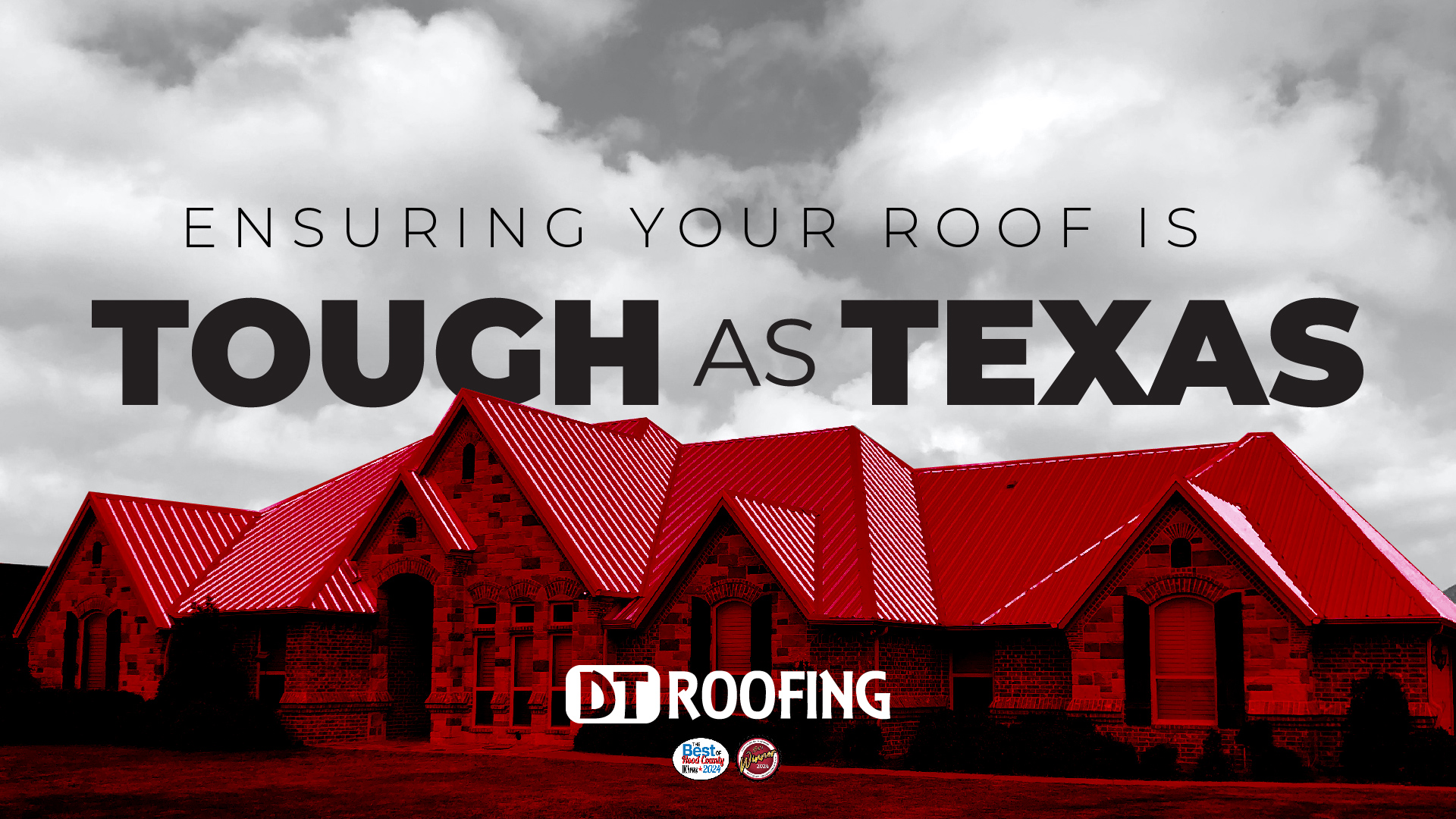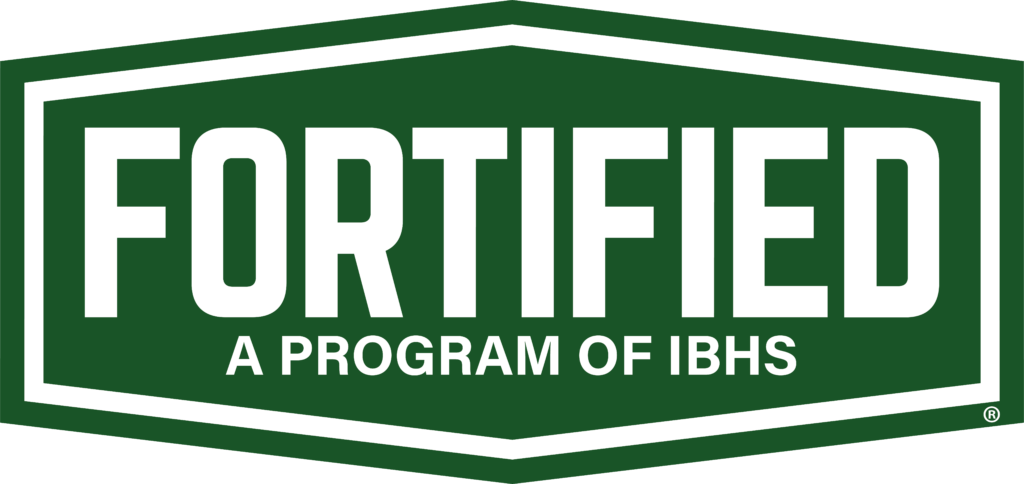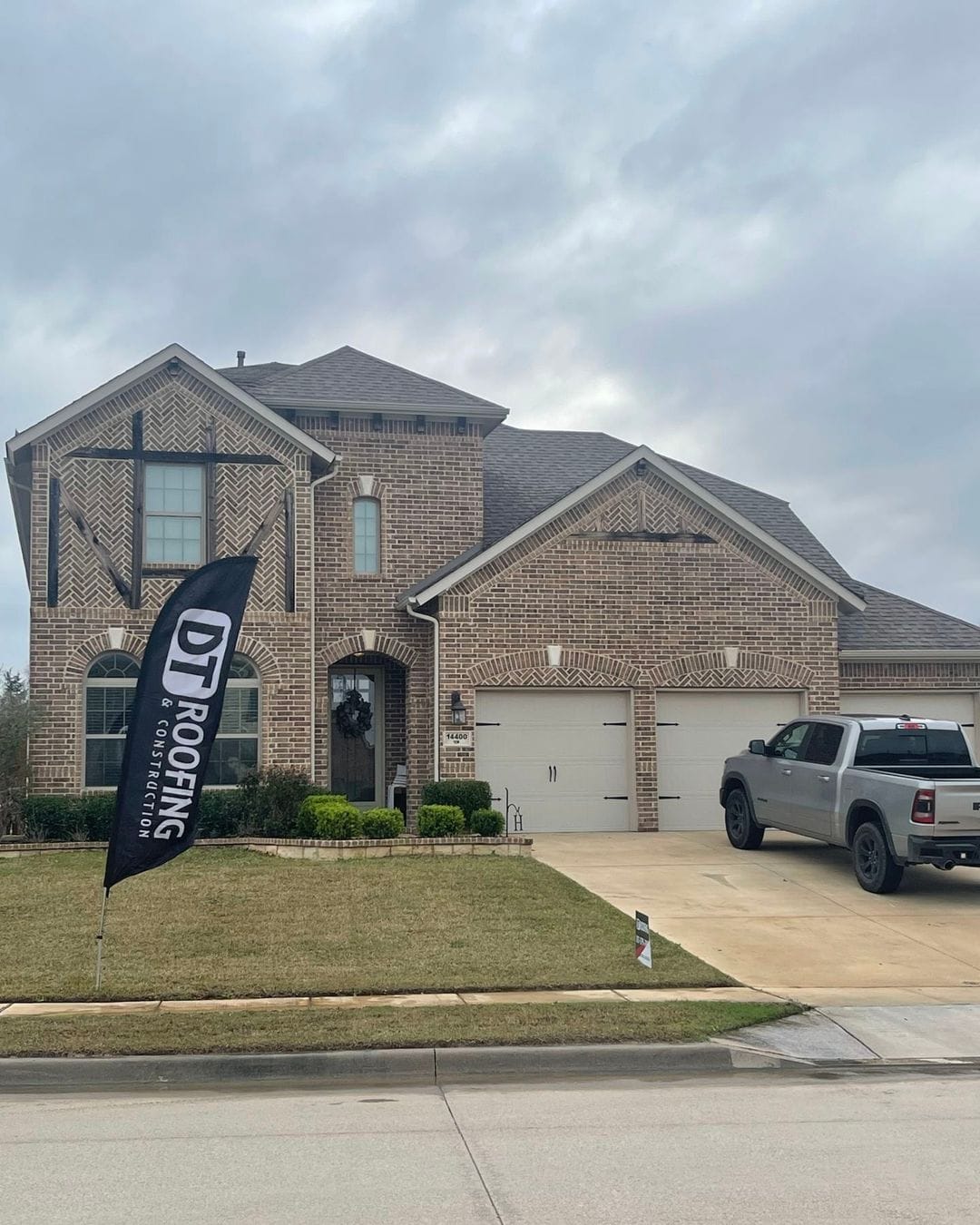
Signs of Animal Damage: Do You Have Uninvited Guests in Your Roof?
Your roof is designed to protect your home from the elements—but it can also become a surprisingly appealing shelter for unwanted guests. Small animals like squirrels, raccoons, bats, birds, and even rodents often find their way into roofing systems in search of warmth, safety, or nesting space. For homeowners in Weatherford, TX, where suburban developments and open land intersect, animal roof invasions are more common than you might think.
At DT Roofing, we’ve seen how quickly wildlife can compromise the integrity of a roof. Beyond the noise and nuisance, animals can cause serious structural damage, introduce moisture problems, and create fire hazards. Knowing the signs of animal damage early on is the first step in preventing costly repairs and reclaiming your home from uninvited intruders.
Why Animals Choose Roofs for Shelter
Your roof offers more than just coverage—it provides warmth, seclusion, and access to quiet spaces like attics and crawl areas. In Weatherford’s cooler months, animals seek out insulation and dark corners to nest. In the summer, shaded roof spaces provide relief from the heat.
Roof eaves, soffits, ridge vents, gable vents, and chimneys often have small entry points that animals can squeeze through or enlarge with their claws or teeth. Once inside, they make themselves at home—chewing through wood, wires, insulation, and creating unsanitary nesting areas.
Common Signs of Animal Damage in the Roof
If you suspect animals may be hiding in or damaging your roof, there are several telltale indicators to watch for.
1. Scratching or Scurrying Sounds
Unexplained noises coming from the attic or ceiling are one of the most common signs of an animal invasion. You may hear scratching, scampering, squeaking, or even heavy thumping—especially at night when nocturnal animals like raccoons and rodents are most active.
2. Shingle and Fascia Damage
Animals often chew or pry at shingles, roof edges, and fascia boards to gain entry. If you notice missing or dislodged shingles, gnaw marks, or holes near the eaves, these could be signs that an animal is using the roof as a doorway into your home.
3. Droppings or Strong Odors
Foul smells coming from the attic or vents can indicate a buildup of animal waste. Over time, these droppings can damage insulation, create health hazards, and attract even more pests like insects or parasites.
4. Damaged Insulation and Wiring
Once inside, animals tend to chew indiscriminately—damaging insulation, gnawing through wires, and disrupting HVAC components. This can lead to reduced energy efficiency, short circuits, or even fire risks.
5. Visible Nesting Material
Shredded insulation, leaves, paper, or fabric in your attic or near your roof vents can point to active nests. These materials can block airflow, encourage mold, and pose a serious hazard if they obstruct heat-producing elements.
Most Common Roof Invaders in Texas
Here in North Texas, the animals most likely to enter your roof include:
- Squirrels: Agile and persistent, they chew through wood and wires with ease.
- Raccoons: Strong and crafty, raccoons can tear off shingles and fascia.
- Bats: Small but numerous, bats can squeeze through tiny gaps and leave behind harmful droppings.
- Birds: Nesting in vents and gutters, birds can block drainage and cause water damage.
- Rodents: Mice and rats chew through virtually anything, often bringing fleas and disease with them.
Identifying which animal is the culprit can help you determine the best solution—whether it’s sealing entry points, reinforcing materials, or contacting a wildlife control specialist.
How to Prevent Animal Damage to Your Roof
Seal Entry Points
Inspect the perimeter of your roof, especially around soffits, fascia, gables, chimneys, and vents. Look for cracks, gaps, or damaged materials that animals could exploit. Use steel mesh, caulk, or flashing to seal vulnerable areas.
Trim Overhanging Branches
Tree limbs that extend over your roof create easy access for squirrels, raccoons, and other climbers. Trimming back branches can significantly reduce the chances of animal intrusion.
Secure Vents and Chimneys
Install metal vent covers and chimney caps to keep animals from slipping inside. These fixtures allow for ventilation but block entry to larger creatures.
Keep Gutters Clean
Clogged gutters filled with leaves and debris can be attractive nesting sites. Regular cleaning not only prevents animal access but also helps manage water drainage and protect your roofing system.
What to Do If You Suspect Animal Damage
If you suspect animals are in your roof, don’t delay. The longer they remain, the more damage they’re likely to cause. Contact a professional to safely remove the animals and assess the extent of the damage.
Once the animals are gone, a roofing expert can:
- Inspect for entry points and seal them
- Replace damaged shingles, wood, or insulation
- Clean and disinfect affected areas
- Recheck ventilation and drainage systems
Roof repairs related to animal damage often fall under homeowner’s insurance, especially if the damage was sudden or caused structural issues. Be sure to document any visible signs and consult your policy provider for next steps.
Long-Term Solutions and Roofing Material Choices
When repairing animal damage or replacing your roof, consider upgrading to materials that better resist intrusion. For example, metal roofing is less susceptible to chewing or prying, while synthetic underlayments are more resistant to moisture buildup and mold from animal droppings.
At DT Roofing, we offer durable solutions from top brands like Owens Corning, engineered for strength, resilience, and pest resistance. Whether you need a full replacement or a small repair, we can help you fortify your roof against future invaders.
Final Thoughts: Don’t Let Pests Take Over Your Roof
Animal damage might seem like a minor nuisance at first, but it can lead to major structural issues, safety concerns, and costly repairs if left unchecked. By staying vigilant, sealing access points, and responding quickly to signs of invasion, you can keep your roof—and your home—safe from uninvited guests.
If you suspect animal damage in your roof in Weatherford, TX, call DT Roofing for a full inspection and professional repair plan. We’ll make sure your roof stays secure, pest-free, and ready to protect your home in every season.
Read also our blog: The Top Roofing Trends to Expect in 2025












